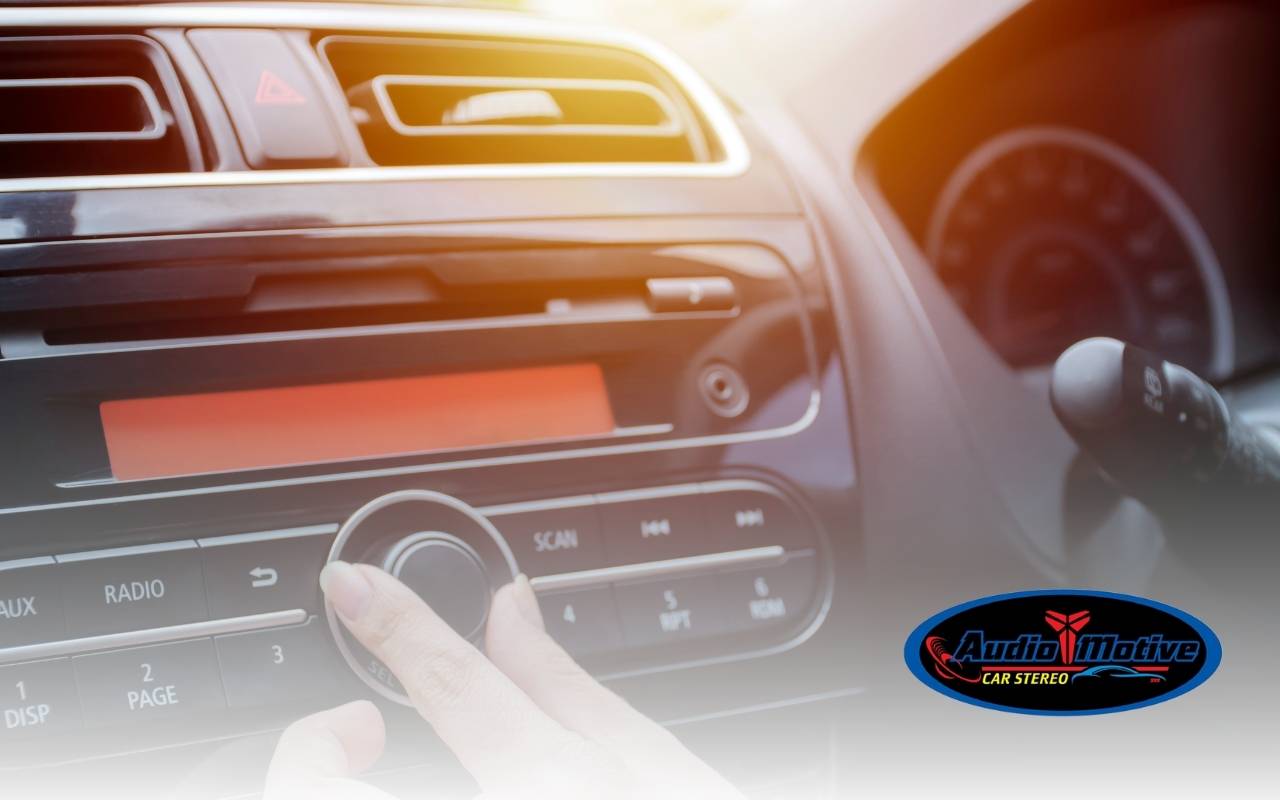
Have you ever listened to music and felt underwhelmed by the sound? Often, the answer lies in understanding power ratings. Speaker wattage explained is more than numbers. It directly influences clarity, loudness, and overall sound quality. Knowing how wattage works ensures your system delivers detail without distortion. This article explores the role of wattage and guides you to make informed choices. By the end, you will feel confident optimizing your setup for richer experiences.
Understanding Speaker Wattage and Its Significance
Speaker wattage explained refers to the power handling capacity of speakers. It indicates how much electrical power a speaker manages safely. Ratings usually show RMS for continuous handling and peak for short bursts. RMS is most reliable because it reflects real performance. If wattage mismatches occur, sound suffers. Underpowering leads to distortion. Overpowering risks permanent damage. Consequently, understanding wattage prevents these issues and unlocks better results. Grasping this factor is the foundation for audio success.
Relationship Between Speaker Wattage and Sound Quality
Wattage influences both loudness and tonal character. Higher wattage speakers reproduce sound with precision, especially at louder volumes. Lower wattage models pushed to limits can compress dynamic detail. This compression reduces richness and depth. However, wattage alone does not guarantee fidelity. Materials, design, and crossover systems play equal roles. For example, a well-engineered 60W speaker may outperform a poor 120W model. Therefore, balance between wattage and quality creates the best sound. Speaker wattage explained highlights why specifications must be considered together.
Speaker Wattage vs. Sensitivity
- Wattage defines how much power a speaker can handle.
- Sensitivity measures how efficiently it converts power into loudness.
- Higher sensitivity means louder output with less power.
- Lower sensitivity requires stronger amplifiers for equal volume.
- Both metrics influence clarity, dynamic range, and usability.
Combining these factors ensures your audio system delivers loudness and nuance. Thus, speaker wattage explained should always include sensitivity for accurate evaluation.
Matching Amplifier Power to Speaker Wattage
The best pairing requires amplifier output aligned with speaker RMS ratings. Ideally, the amplifier should exceed the RMS by around 20%. This buffer handles musical peaks without clipping. Clipping occurs when amplifiers are overstressed. It distorts signals and harms drivers. Underpowering also causes stress as amplifiers struggle. Review specifications carefully. Choose amplifiers that align with speaker ratings to ensure reliable synergy. This approach creates harmony between components. Speaker wattage explained here emphasizes balance, not extremes.
Overpowering vs. Underpowering
- Overpowering leads to blown drivers and overheating.
- Excessive wattage causes coils to burn out.
- Underpowering forces amps to clip, harming tweeters.
- Balanced wattage extends component lifespan.
- Correct pairing keeps distortion under control.
Finding the right middle ground protects gear and enhances sound. This balance ensures both volume and clarity are preserved.
Impacts of Wattage on Room Size and Acoustics
Room size shapes how wattage translates into perceived sound. In smaller spaces, moderate wattage suffices. Too much power overwhelms and creates harsh resonance. Large spaces demand higher wattage for even coverage. Acoustics also affect results. Hard surfaces reflect sound and create brightness. Soft furnishings absorb reflections and balance frequencies. Speaker wattage explained should always include room considerations. By combining wattage knowledge with acoustic adjustments, you ensure better listening conditions in any space.
Speaker Wattage for Different Applications
- Music: requires enough wattage for dynamic peaks.
- Movies: benefit from higher power for cinematic effects.
- Gaming: needs moderate wattage for accurate positioning.
- Small rooms: work well with low to medium wattage.
- Large spaces: demand higher wattage systems.
Each application requires distinct wattage levels. Thus, knowing your primary use helps define optimal pairing. Speaker wattage explained in this context simplifies decision-making.
Upgrading Your Audio System
When upgrading, evaluate your current strengths and weaknesses. Distortion at volume may indicate underpowering. Overheating suggests overpowering. Aim for amplifier output within 20% of RMS ratings. Add a subwoofer if bass is lacking. Research speaker performance at different power levels. By optimizing wattage across channels, you achieve balance. This process ensures music, movies, and games sound their best. Speaker wattage explained serves as your roadmap for upgrading intelligently.
Troubleshooting Sound Quality Issues
Sound problems often trace back to wattage mismatches. If distortion appears, check if your amplifier is clipping. Indicators can reveal overstress. Reduce volume slightly to confirm. Weak bass suggests underpowered subwoofers. Excessive boom may come from overpowering. Adjusting gain settings often resolves these issues. Verify impedance compatibility as well. Speaker wattage explained shows how precise alignment restores clear, dynamic sound.
FAQs
Why does speaker wattage matter?
It defines safe power handling, influencing clarity, volume, and durability of audio components.
What is the difference between RMS and peak wattage?
RMS reflects continuous safe power handling, while peak shows short bursts tolerated without damage.
How do I match my amplifier to my speakers?
Choose an amplifier whose RMS output aligns within 20% of speaker RMS ratings.
Can too little power harm my speakers?
Yes. Underpowering causes distortion and amplifier clipping, which damages drivers over time.
Do room acoustics change wattage needs?
Yes. Small rooms require less wattage, while large spaces often demand higher power levels.
Elevating Your Audio Experience
Speaker wattage explained is the gateway to audio mastery. By aligning amplifiers, room acoustics, and applications, you build a system that resonates. Ready to elevate your setup? Explore practical Car Audio System Planning guides. Learn helpful Car Audio Installation Tips to refine performance. Discover flexible Plug and Play Car Audio options. For personal advice, Contact our team today and unlock your audio potential.
